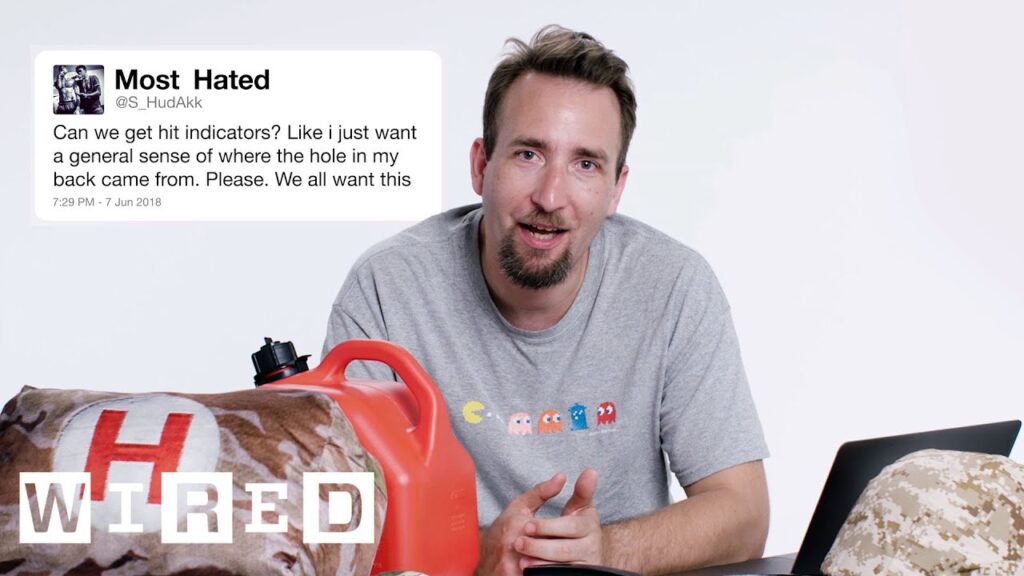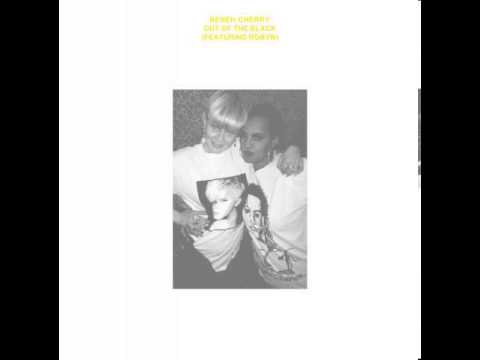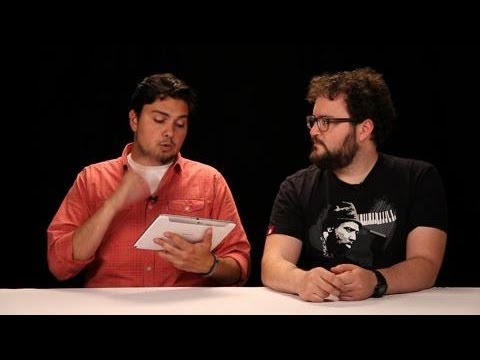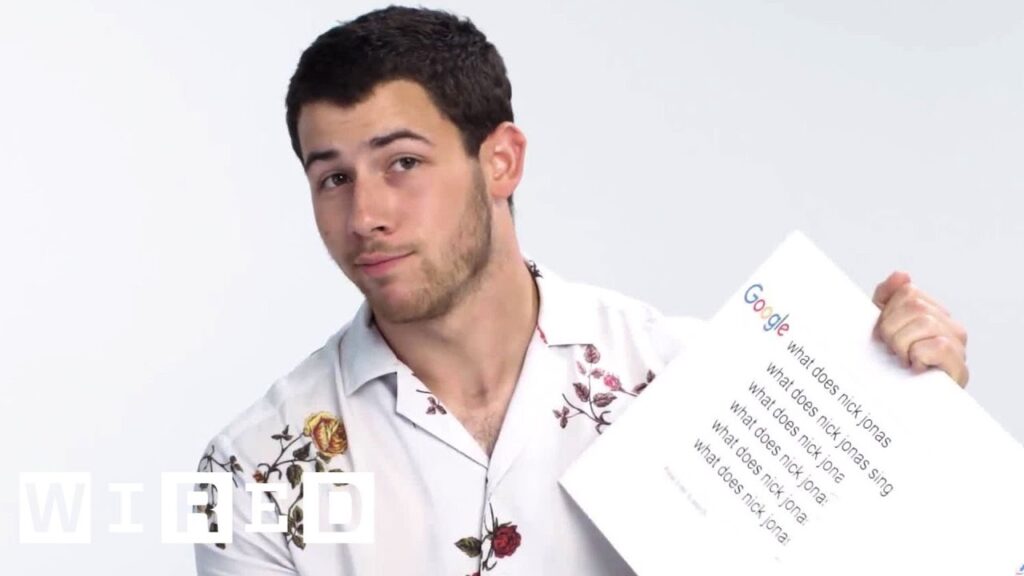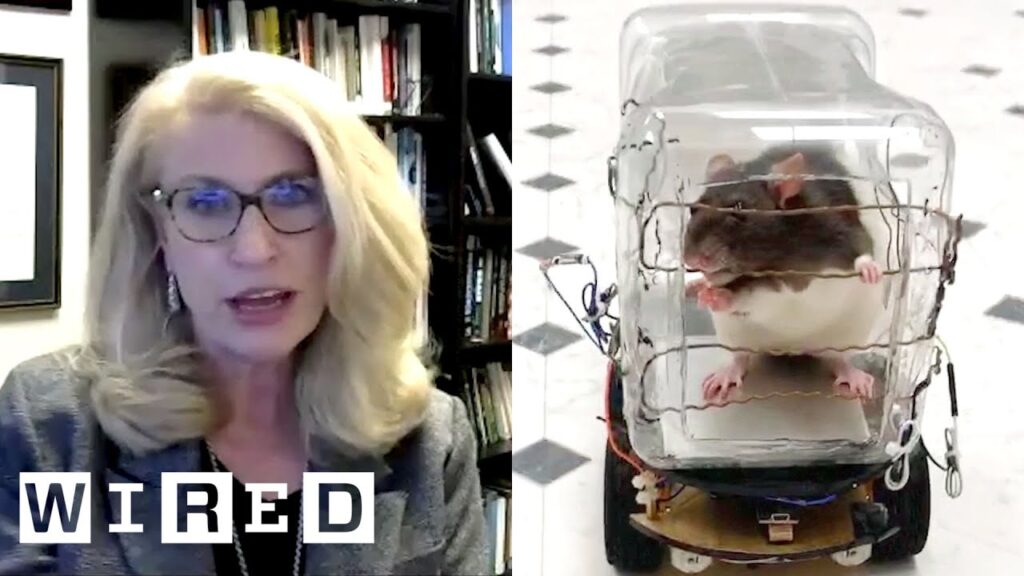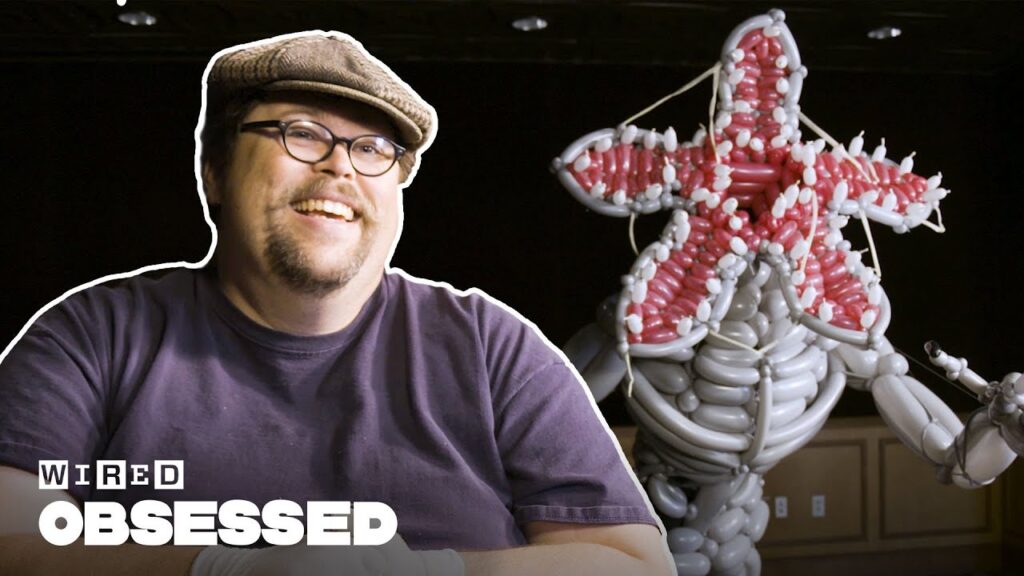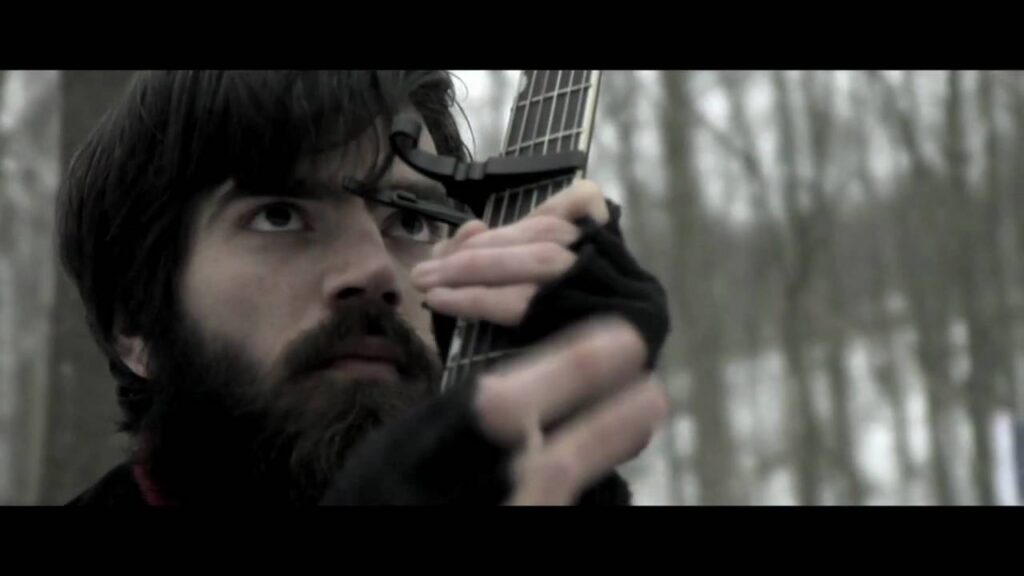The Tech of Bringing the Creatures of Hercules to Life
Summary
In this article, we explore the making of the creatures in the movie Hercules, directed by Brett Ratner, and the challenges faced by the visual effects team, Double Negative, in bringing these mythical creatures to life. The team had to make these exaggerated and false creatures seem real and believable while still being faithful to the film’s own logic.
Table of Contents
- Introduction
- The Challenge of Making Exaggerated Creatures Seem Real
- Shooting the Original Plate
- The Challenge of Creating the Giant Lion
- The Use of Thurball
- Going Back on Set with Creature Shots
- Conclusion
Introduction
The movie Hercules is a film that showcases mythical creatures, and the visual effects house Double Negative, under the direction of overall VFX supervisor John Brun, had to bring these creatures to life. The challenge was to make these creatures seem real and believable, even though they were exaggerated and false.
The Challenge of Making Exaggerated Creatures Seem Real
The problem with making something exaggerated and false is that it still needs to seem real and believable. The visual effects team had to walk the line between man and myth to bring to life the legendary 12 labours of Hercules. The team had to make these shots seem credible, even though they had to produce three-headed dogs, giant boars, and multi-headed serpents.
Shooting the Original Plate
To make these creatures seem real, the team started by shooting as much as they could in the original plate. This meant having stuntmen run up trees, immersing Dwayne Johnson in a swamp, and pulling rubber heads out of water on a wire. With great reference and plate photography, the team would then realize these fully digital characters.
The Challenge of Creating the Giant Lion
The giant lion was particularly challenging, requiring complex fur and hair simulation that both illustrated the creature’s size and gave a frightening drama to the shot. Double Negative used their Thurball tool, developed just a year or so ago, to achieve this. Thurball is a fully GPU-based solution that can preview the fur in record time. Without this tool, the team wouldn’t have been able to move at the pace they did.
The Use of Thurball
The Thurball GPU rendering provides exactly the speed and final image quality that’s needed. It’s used on almost all of the creature shots. This sequence was all but finished while the first unit was still shooting the film. The use of Thurball allowed the team to move quickly and efficiently.
Going Back on Set with Creature Shots
The effects team went back on set with several creature shots, including the near-final shot of the lion leaping. Seeing these shots while still working on the film gave confidence to the cast and crew and allowed the director time to properly integrate the shots into the story, especially during editing.
Conclusion
The making of the creatures in Hercules was a challenging task that required the visual effects team to walk the line between man and myth. By shooting as much as they could in the original plate and using tools like Thurball, the team was able to create believable creatures that were faithful to the film’s own logic. The use of these tools made VFX an integral part of the production and less of a post-afterthought.

